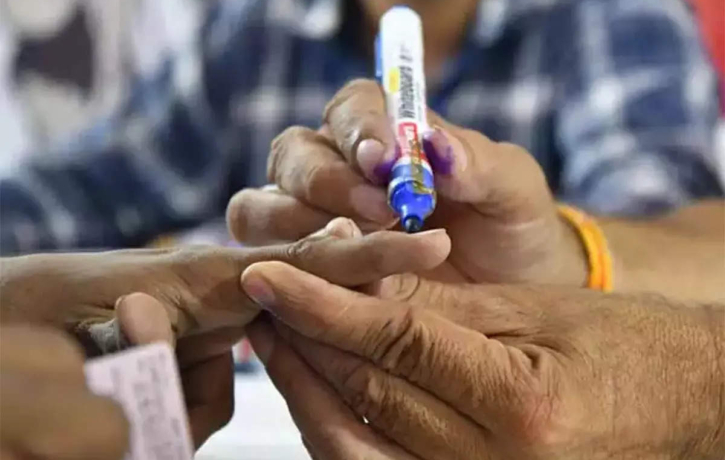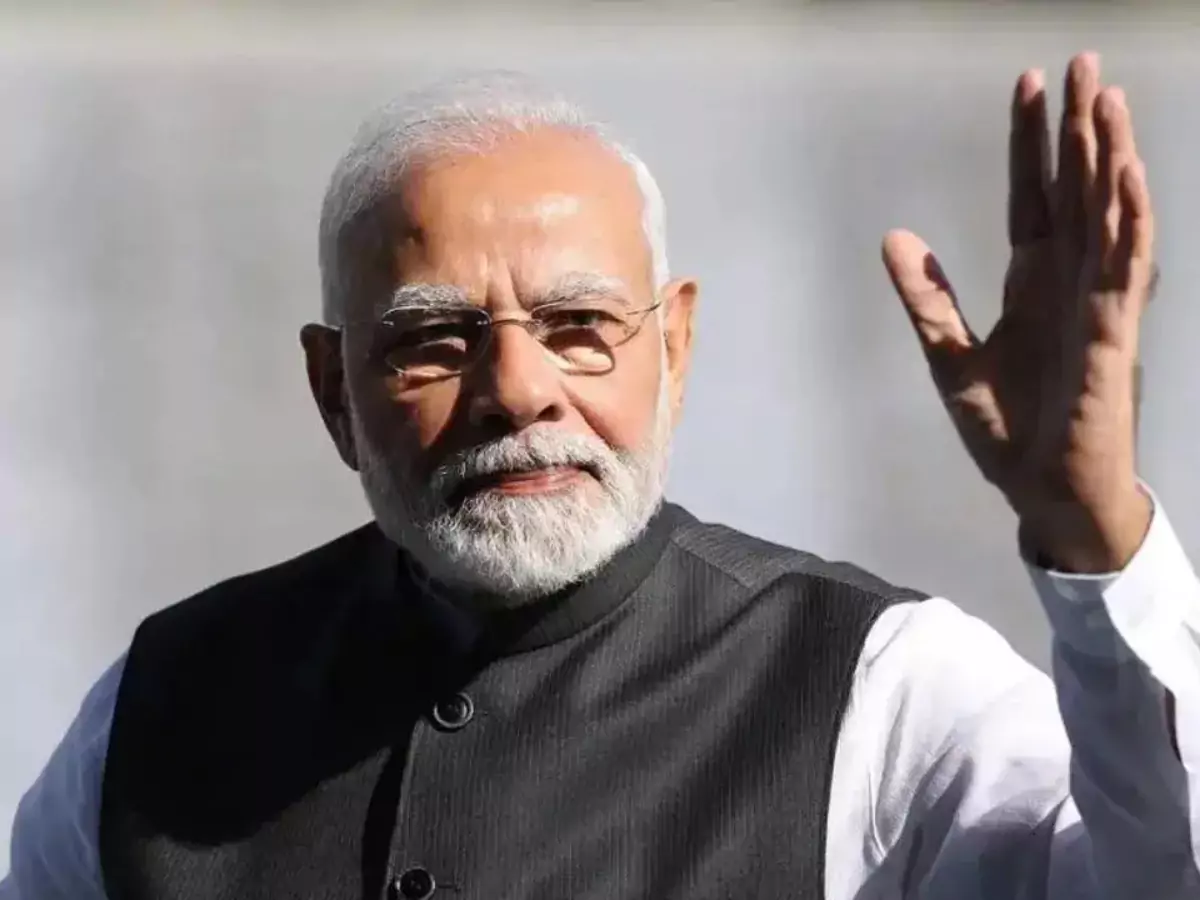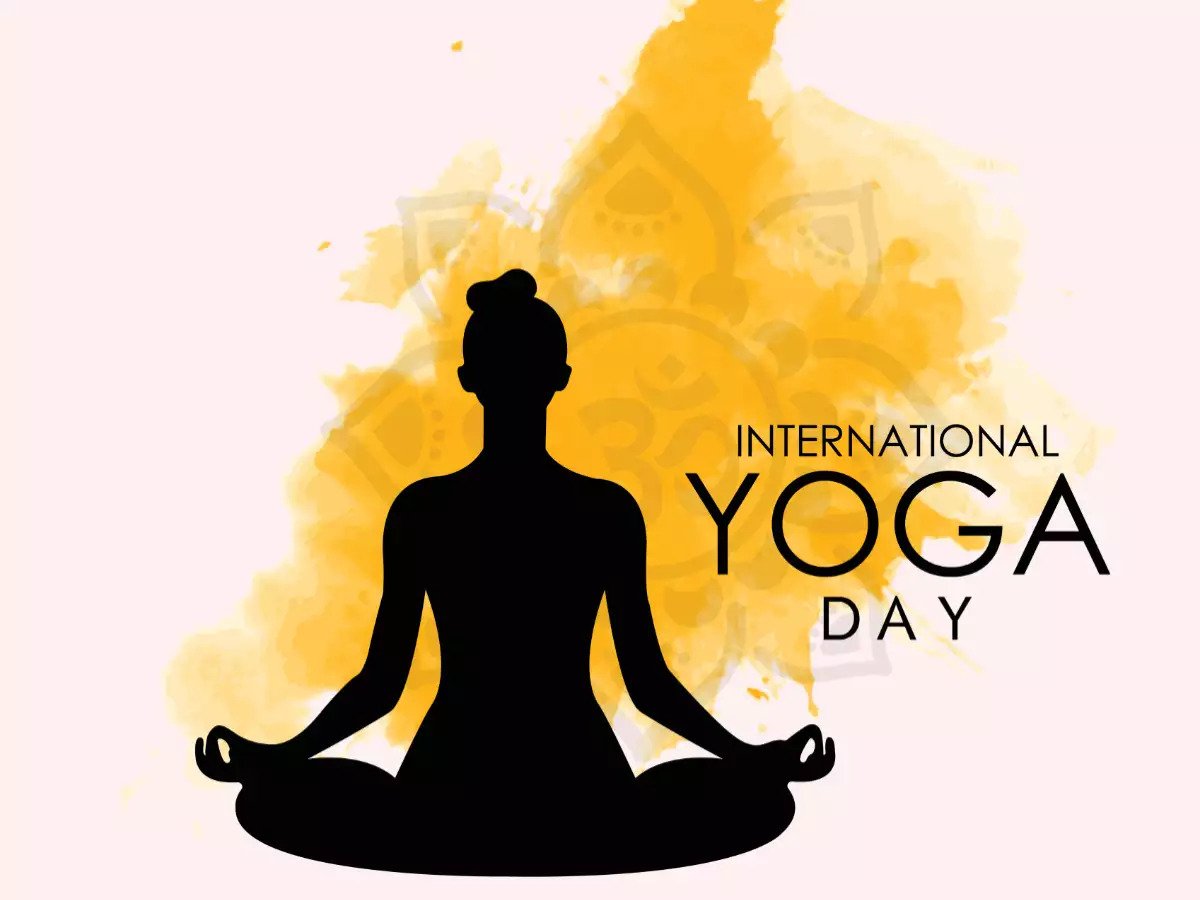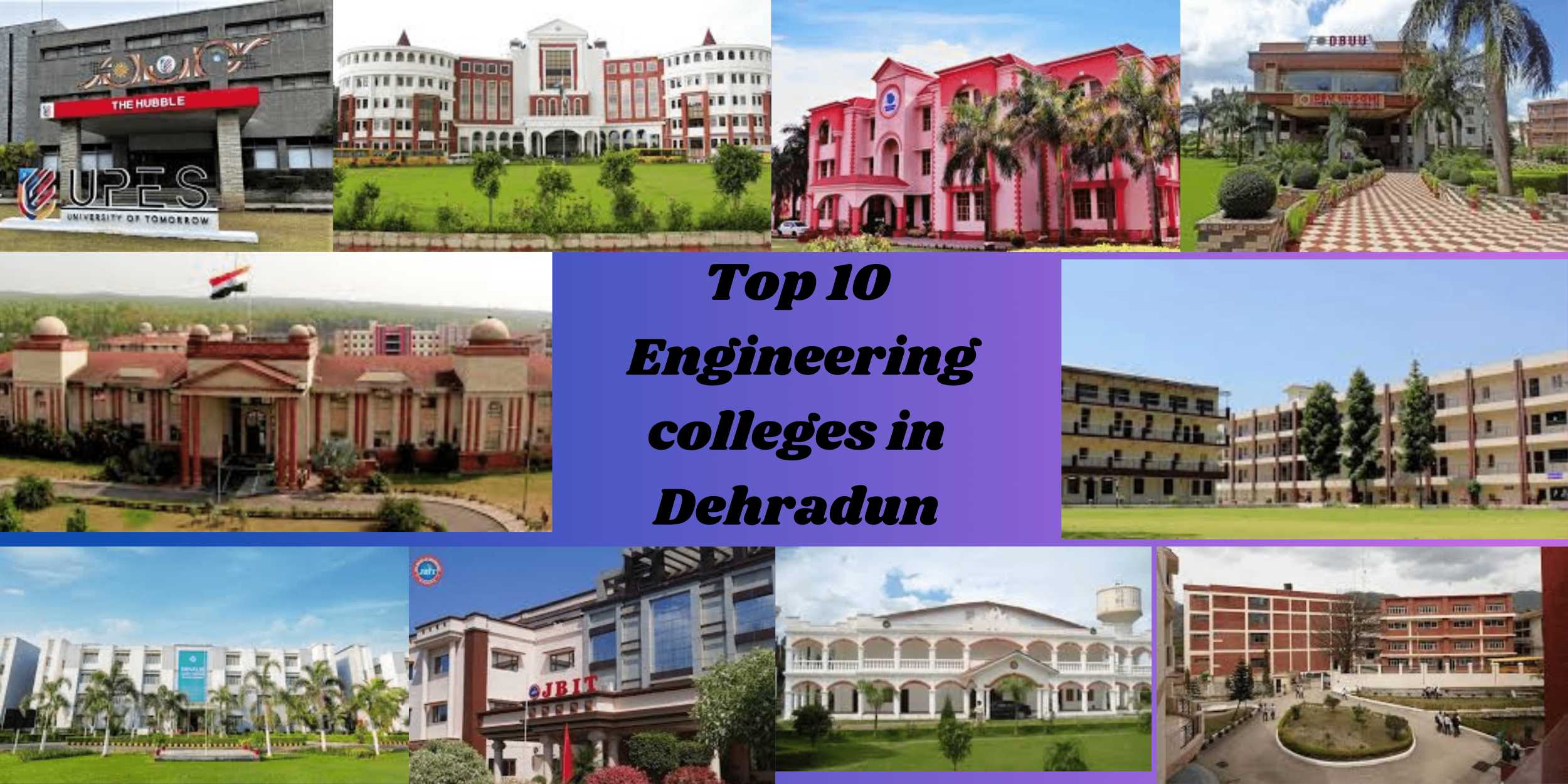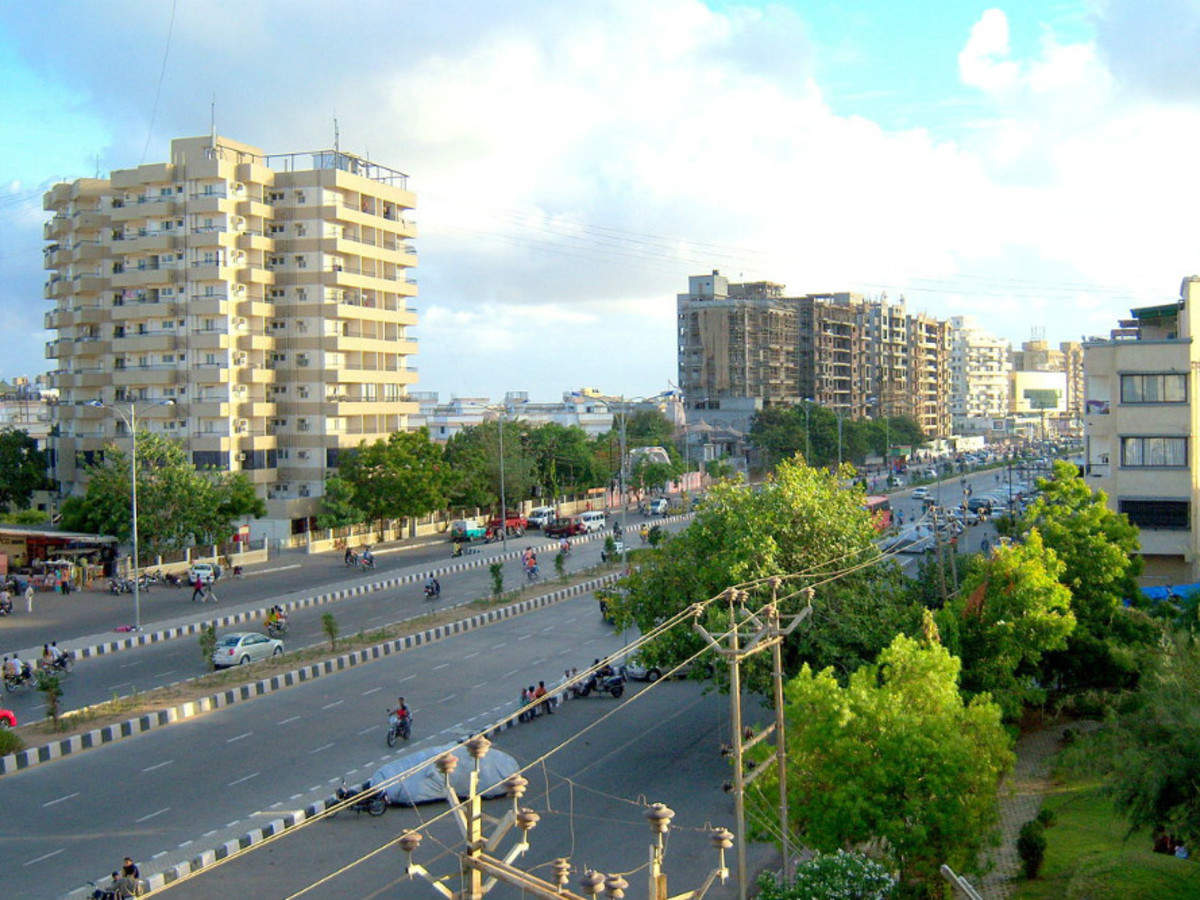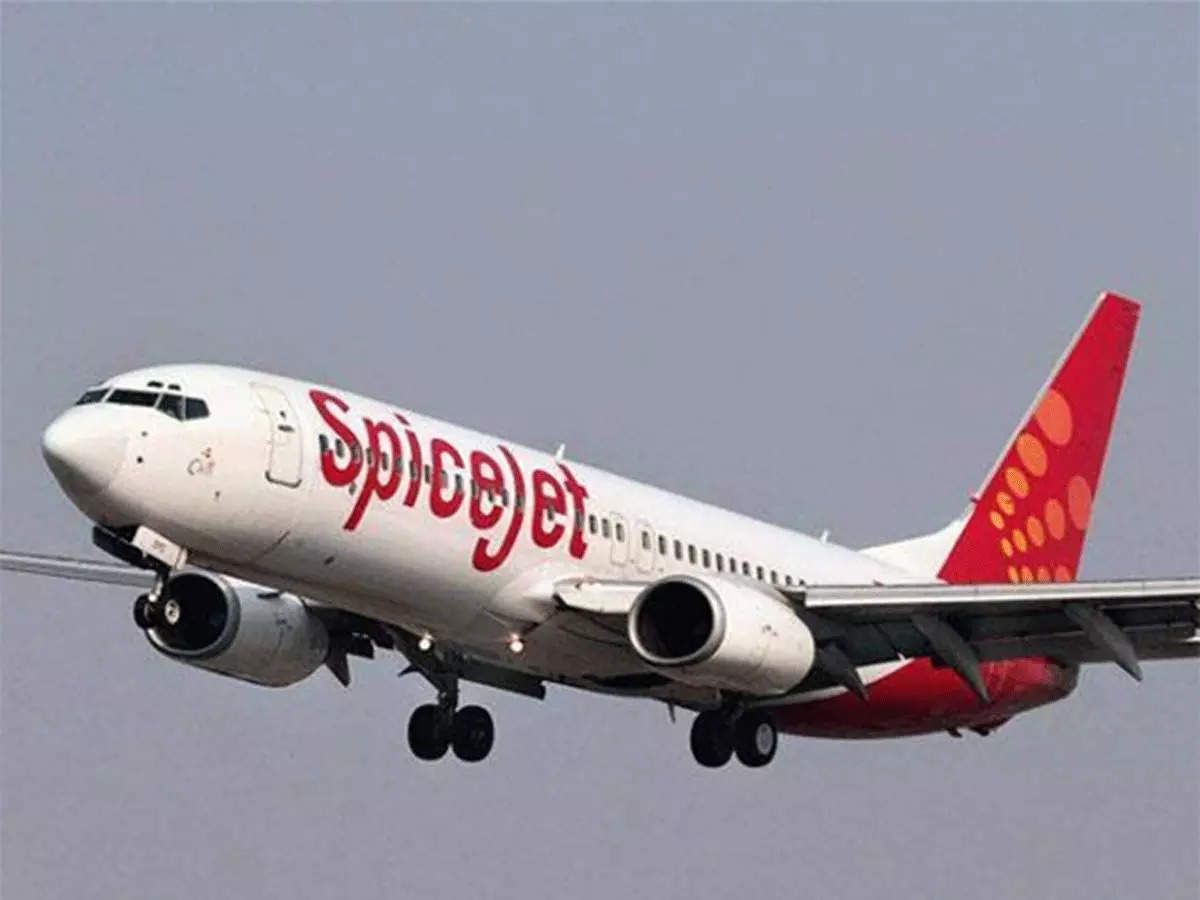India’s Election Commission has announced a seven-phase general election schedule, set to take place across April and May 2024. The results will be declared on June 4th, marking the culmination of what is poised to be the world’s largest democratic exercise.
Record-Breaking Voter Base and Political Stakes
With a staggering 968 million eligible voters, this election boasts a significant increase of 150 million compared to 2019. Notably, over 26 million new voters have been registered, with women comprising over 14 million of this group. This signifies a growing female electorate in India‘s political landscape.
The Bharatiya Janata Party (BJP) led by Prime Minister Narendra Modi is seeking a historic third term in power. Opinion polls predict a win for the BJP and its allies, but they face a formidable challenge from a united opposition bloc called the Indian National Developmental Inclusive Alliance. This coalition, formed by over two dozen parties including the Congress, aims to dethrone the ruling regime.
India’s Staggered Polling and Technological Advancements
The Election Commission has outlined a multi-phase polling schedule, starting on April 19th and concluding on June 1st. This phased approach ensures smooth voting across India’s vast geographical expanse. Additionally, Electronic Voting Machines will be employed throughout the election, equipped with a None of the Above button for voters who wish to express disapproval of all candidates.
Focus on Transparency and Electoral Reforms
The appointment of two new election commissioners and the release of a list of leading political donors highlight the commission’s commitment to transparency. This list revealed the BJP as the biggest recipient of electoral bonds, a controversial scheme that allows anonymous political donations. Interestingly, the Supreme Court is currently engaged in a case concerning the validity of this scheme. Adding another layer of intrigue to the upcoming elections.
Challenges and Security Concerns
Despite the celebratory mood surrounding the record voter base, conducting elections of this scale presents a significant logistical challenge. Security arrangements across thousands of polling booths will be paramount, especially in regions with a history of political violence. Additionally, the sheer number of voters necessitates a robust infrastructure to handle potential technical glitches and ensure the smooth functioning of EVMs.
India’s Media Scrutiny and the Role of Social Media
The upcoming elections will witness intense media scrutiny, with traditional news outlets and social media platforms playing a crucial role in shaping public discourse. The commission has outlined regulations to curb the spread of misinformation and hate speech online. Aiming to maintain a level playing field for all political parties. However the effectiveness of these measures in the age of social media virality remains to be seen.
A Global Spectacle and a Test of Indian Democracy
The 2024 Indian general election promises to be a spectacle watched intently by the international community. A strong voter turnout and a peaceful election process would serve as a testament to the vibrancy of Indian democracy. The outcome will not only decide the course of India’s political trajectory but also send a message about the future of democracy in the world’s largest democracy.

